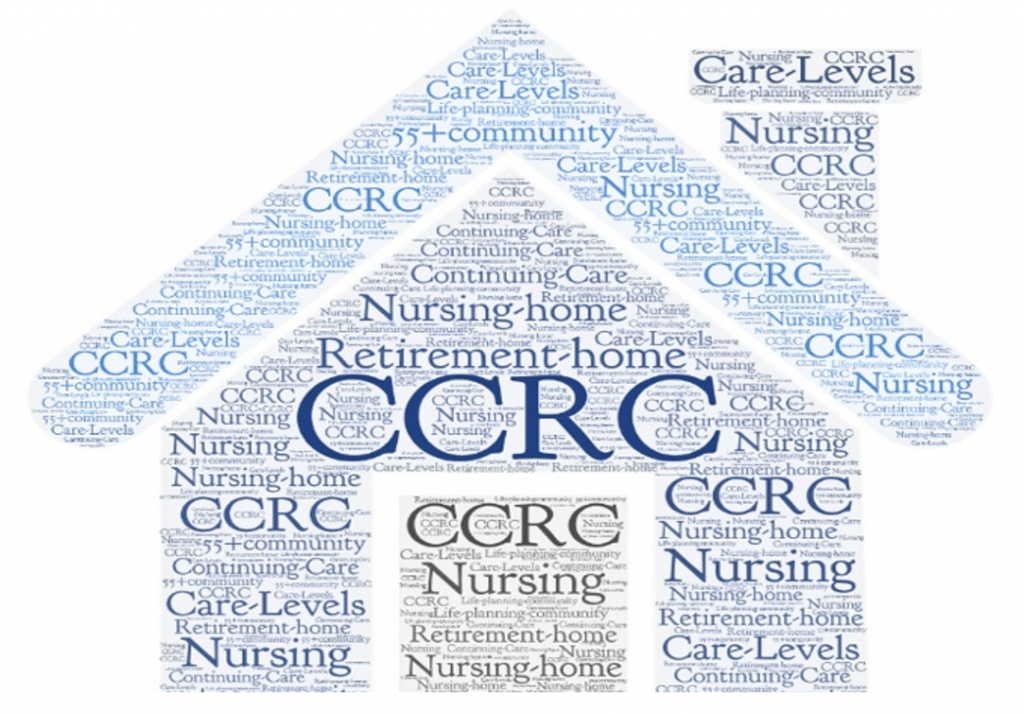
As we get older, it can become difficult to continue to manage large houses and multiple possessions. What once gave us joy—working outside in the garden or yard, enjoying a boat or camper, maintaining a large house—can be an increasing burden. As physical challenges become greater, many seniors consider downsizing and moving from their home to a retirement community…of some sort.
Living accommodations is a major consideration in accepting the inevitable decline of our later years. Some folks choose to stay in their homes, while others decide to move someplace where someone else will cook, clean and eventually take care of them. While there are no right or wrong answer, the many variables and options can become confusing and frustrating.
Part of the challenge is that the world is changing. We now live in an increasingly mobile and work-centered society. In years past, family members moved in with aging parents (or vice versa) and cared for them until they died peacefully in their home. For some families, this is still a great option—but not possible for everyone.
You may have the luxury of staying in your own home with family help. This will necessitate careful planning, including extended family and/or friends, and seeking help from the Veterans Administration or Office of Aging. Plan early and thoroughly if you hope to live out your latter days in a private home.
More often than not, family is not available to give care. Help in the form of in-home health care takes over the caregiving responsibilities, or the senior chooses to move into a facility of some kind.
One popular choice is the CCRC. What exactly is a CCRC? How does that differ from a 55+ Community? Or a County Nursing Home? Or…
A CCRC is a Continuing Care Retirement Community. It offers a continuum of care from independent living to assisted living to skilled nursing for accidents, serious health problems and end-of-life. In recent years, alternate terms have been used, such as a Life Plan Community. Typically, CCRCs are designed for seniors over 60 (check to find out the age requirement of facilities in your area) and offer security for future health needs. Most people move in to enjoy an active lifestyle, knowing that eventually they will need more care. The CCRC is different from a 55+ Community, which typically offers only independent living or minimal assisted living.
Most CCRCs require a sizable entrance fee and a careful review of finances to assure the facility that a prospective resident can afford the necessary cost of living there. Requirements and fees differ between facilities, so keep asking questions! Some of the CCRCs in Lancaster, PA, promise to support the incoming resident from admission until death, even if money begins to run out. Skilled nursing areas often have beds paid for by Medicaid, and some facilities also have a benevolence fund to help with needs prior to residency in skilled nursing. In this way, a CCRC can even be considered a form of health insurance—someone will always be there to take care of you and your needs.
However, some facilities may NOT promise residents these benefits. Certain communities operate on a pay-as-you-go basis, and if you run out of money then it is time to move. In such situations, the person may have to move to a county- or state-run home that offers Medicaid beds and has one available at the time it is needed. Unfortunately, the care provided at such a facility may not be at the same level as what is offered by a more expensive facility (often due to staff shortages).
The key is a retiree’s mindset. Learn! Visit several communities, don’t assume anything, and ask questions: What happens when my income becomes less than my expenses? What does the memory care unit look like? How about health care? What is the ratio of staff to patients? Are they well-staffed or just employ the state minimum (my dad was often frustrated to have to wait 20 minutes to go to the bathroom!)?
Also, ask yourself: What is important to me? Do I want a pool, exercise room, music room, lots of activities? Is a faith-community of primary importance? What about location?
One final note. If you do move to a CCRC or equivalent, don’t stop being intentional. No one can care for you perfectly. You must continue to communicate your needs and wants—with the staff and with your family. Don’t expect people to read your mind. And trust them as your health declines (and it will), so they can help you live life to the fullest. You want to be, as we like to say, Living Well and Finishing Well!



One thought on “Where Will You Live Out Your Final Years?”
Thanks